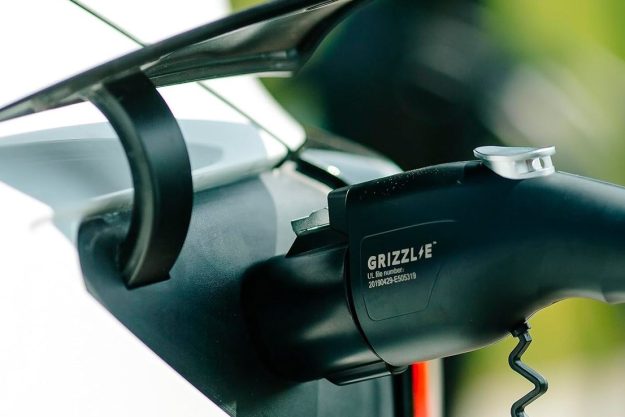Ferrari got straight to the point with this one.
At the 2017 Geneva Motor Show, the legendary Italian automaker will unveil the latest evolution of its F12 front-engined V12 coupe, following in the tire tracks of the F12 Berlinetta and the limited-edition F12tdf. It’s called the 812 Superfast, and it’s hard to think of a more apt name.
With a 6.5-liter V12 under its long hood, Ferrari claims the 812 Superfast is the most powerful front-engined production it’s ever made. The engine boasts 788 horsepower and 529 pound-feet of torque. That’s up from the 731 hp and 508 lb-ft of the F12 Berlinetta the Superfast will replace, and also surpasses the 769 hp and 519 lb-ft of the F12tdf. The power is harnessed by a seven-speed, dual-clutch transmission.
All of that makes the 812 Superfast … well, super fast. Ferrari claims it will do 0 to 62 mph in 2.9 seconds, and reach a top speed in the neighborhood of 211 mph. To tame that performance, the Superfast borrows Ferrari’s Virtual Short Wheelbase four-wheel steering system from the F12tdf, as well as Side Slip Control, which is designed to let the driver get the car a bit sideways, without crashing into a tree. It’s also the first Ferrari with electric power steering, which has proliferated in modern cars despite enthusiast complaints about lack of feel compared to older hydraulic setups.
The styling is an updated version of the F12 Berlinetta’s look. Ferrari says the proportions mimic the 1969 365 GTB4, although the 812 Superfast isn’t as elegant as that classic. The front end incorporates new LED headlights with small air intakes nestled next to them, while the rear now includes four round taillights, a greater array of duct work, and more emphasis on horizontal to visually lower the back end. The interior is revised as well, but still features a flat-bottomed steering wheel with Ferrari’s “manettino” dial for adjusting car settings.
The Ferrari 812 Superfast makes its public debut next month at the 2017 Geneva Motor Show. Pricing will be announced closer to the start of deliveries. While the Superfast is only now seeing the light of day, don’t be surprised if Ferrari already has a few orders for its latest V12 indulgence.


